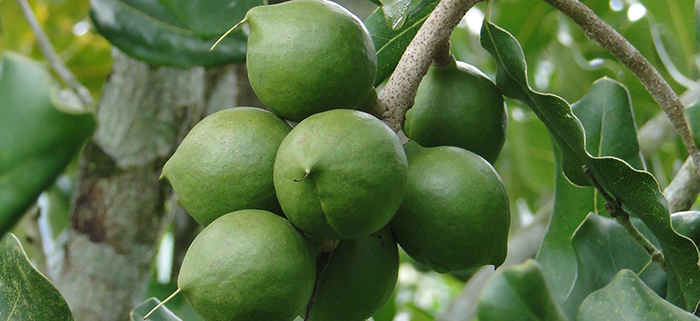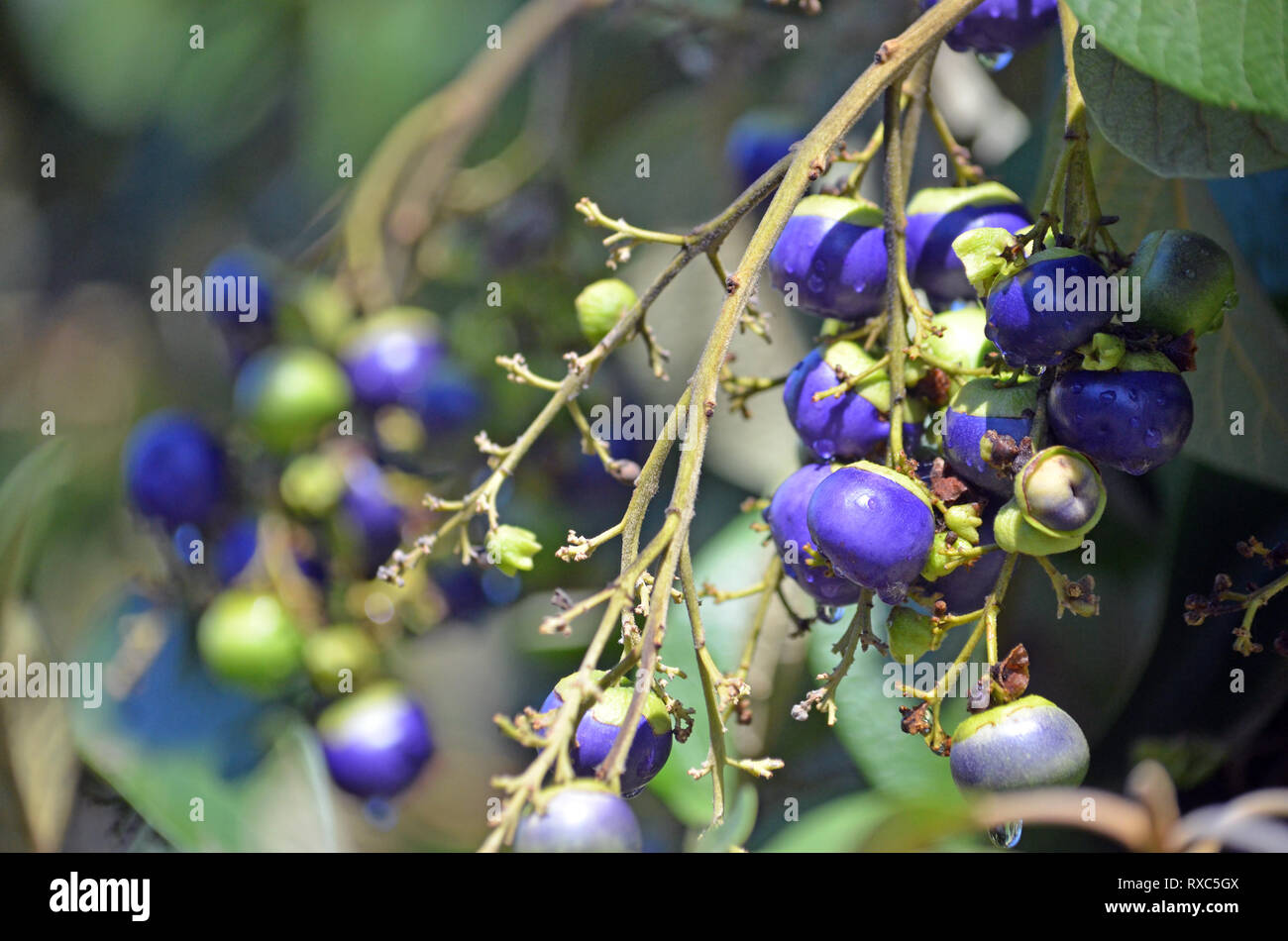A Taste of the Outback: Exploring the Delicious World of Native Australian Fruits
A Taste of the Outback: Exploring the Delicious World of Native Australian Fruits

Australia, a land of diverse landscapes and vibrant wildlife, also boasts a treasure trove of native fruits. Beyond the familiar mangoes and avocados, a world of unique and flavorful fruits awaits, each with its own fascinating history, cultural significance, and culinary potential.
This article delves into the intriguing world of native Australian fruits, exploring their origins, characteristics, and culinary uses. We’ll uncover the secrets of these hidden gems, highlighting their nutritional value, environmental benefits, and the growing interest in their revival.
Related Articles: A Taste of the Outback: Exploring the Delicious World of Native Australian Fruits
- Choosing The Perfect Tamil Name For Your Australian Child: A Guide To Meaning, Tradition, And Modernity
- Unveiling The Lingua Franca Of Australia: A Deep Dive Into The Official Language
- The Unbreakable Bonds Of Kinship: Exploring Animals That Symbolize Family And Loyalty
- Unveiling The Beauty Of Aboriginal Girl Names: A Journey Through Meaning And Significance
- Unveiling The Spirit: Exploring The Diverse World Of Aboriginal Totems
Beyond the Familiar: A Journey into Native Australian Fruits
The Australian continent, with its ancient history and diverse ecosystems, has nurtured a rich array of native plants, including a remarkable variety of fruits. These fruits, often overlooked in favor of introduced species, represent a unique culinary heritage and a testament to the resilience of the Australian landscape.
1. The Iconic Quandong:
The Quandong (Santalum acuminatum), also known as the "native peach," is a small, fleshy fruit with a vibrant red skin and a sweet, tart flavor reminiscent of a combination of apricot and peach. Growing wild in arid and semi-arid regions, the Quandong is a symbol of resilience and adaptability. Its seeds are rich in protein and oil, and the fruit itself is a good source of vitamin C.
Culinary Uses:
- Fresh consumption: Enjoy the Quandong fresh, savoring its unique flavor and texture.
- Jams and preserves: The tartness of the Quandong makes it ideal for jams, chutneys, and preserves.
- Dried fruit: Quandongs can be dried and enjoyed as a snack or used in baking.
- Juices and beverages: The Quandong’s tartness adds a unique twist to juices, smoothies, and cocktails.

2. The Versatile Davidson Plum:
The Davidson Plum (Davidsonia pruriens), a small, dark purple fruit with a tangy, slightly acidic flavor, is a true culinary chameleon. It thrives in rainforest environments and is prized for its high vitamin C content and antioxidant properties.

Culinary Uses:
- Jams and preserves: The Davidson Plum’s intense flavor makes it perfect for jams, jellies, and sauces.
- Sauces and relishes: Its tangy notes pair well with savory dishes, adding a unique twist to meat and fish.
- Drinks and cocktails: The Davidson Plum’s tartness can be used to create refreshing drinks and cocktails.
- Baked goods: Add a touch of unique flavor to cakes, muffins, and pies.

3. The Sweet and Delicate Finger Lime:
The Finger Lime (Citrus australasica), a small, oblong fruit with a unique segmented structure, is a culinary delight. Its vibrant green flesh, resembling caviar, bursts with a refreshing, citrusy flavor. The Finger Lime is rich in vitamin C and antioxidants.
Culinary Uses:
- Garnish: The Finger Lime’s caviar-like flesh adds a touch of elegance and zest to various dishes.
- Salads: Its tangy flavor complements salads, adding a refreshing burst of citrus.
- Seafood: Its delicate citrus notes pair perfectly with seafood dishes, adding a touch of sophistication.
- Cocktails: Its unique flavor adds a refreshing twist to cocktails.
4. The Hardy Bush Tomato:
The Bush Tomato (Solanum centrale), a small, red fruit with a sweet and tangy flavor, is a symbol of resilience. It thrives in arid regions and is a staple food source for many Aboriginal communities. The Bush Tomato is rich in vitamin C and antioxidants.
Culinary Uses:
- Fresh consumption: Enjoy the Bush Tomato fresh, savoring its sweet and tangy flavor.
- Jams and chutneys: Its unique flavor makes it ideal for jams, chutneys, and sauces.
- Dried fruit: The Bush Tomato can be dried and enjoyed as a snack or used in baking.
- Bush Tucker: The Bush Tomato is a key ingredient in traditional Aboriginal cuisine.
5. The Refreshing Kakadu Plum:
The Kakadu Plum (Terminalia ferdinandiana), a small, yellow fruit with a tangy, slightly acidic flavor, is known for its exceptionally high vitamin C content. It is a vital food source in the Northern Territory and is prized for its medicinal properties.
Culinary Uses:
- Fresh consumption: Enjoy the Kakadu Plum fresh, savoring its tart and refreshing flavor.
- Jams and preserves: Its high vitamin C content makes it ideal for jams, jellies, and sauces.
- Juices and beverages: Its tartness adds a unique twist to juices, smoothies, and cocktails.
- Skincare: The Kakadu Plum’s high vitamin C content makes it a popular ingredient in skincare products.
The Revival of Native Australian Fruits
In recent years, there has been a growing interest in native Australian fruits, driven by a renewed appreciation for their unique flavors, nutritional value, and cultural significance. This revival is fueled by several factors:
- Growing awareness of indigenous food traditions: There is an increasing awareness of the rich culinary heritage of Aboriginal Australians and the importance of preserving these traditions.
- Sustainable food systems: Native Australian fruits are often drought-tolerant and resilient, making them ideal for a changing climate.
- Demand for unique flavors: Consumers are seeking new and exciting flavors, and native Australian fruits offer a distinct and exciting alternative.
- Health and wellness: The nutritional value and potential health benefits of native Australian fruits are becoming increasingly recognized.
Cultivation and Conservation
The cultivation and conservation of native Australian fruits are essential for ensuring their future. Efforts are underway to promote the cultivation of these fruits, both commercially and in home gardens.
Key initiatives include:
- Research and development: Ongoing research is focused on improving cultivation techniques and understanding the unique needs of these species.
- Community gardens: Community gardens provide opportunities for people to grow and share native Australian fruits.
- Indigenous ownership and management: Supporting Indigenous communities in managing and cultivating native Australian fruits is crucial for their long-term sustainability.
FAQ about Native Australian Fruits
1. Where can I find native Australian fruits?
Native Australian fruits can be found in specialty stores, farmers’ markets, and online retailers. Some supermarkets also carry a limited selection.
2. Are native Australian fruits safe to eat?
Most native Australian fruits are safe to eat. However, some species may require specific preparation or cooking methods. It is always best to consult with a knowledgeable source before consuming any unfamiliar fruit.
3. Are native Australian fruits good for you?
Many native Australian fruits are packed with vitamins, minerals, and antioxidants, making them a healthy and nutritious addition to your diet.
4. How can I grow native Australian fruits in my garden?
The best way to grow native Australian fruits is to contact a local nursery or specialist in native plants. They can provide you with the best advice on suitable varieties and growing conditions for your region.
5. What are the best ways to use native Australian fruits in cooking?
Native Australian fruits can be used in a wide variety of culinary applications, from jams and chutneys to desserts and savory dishes. Experiment with different recipes and discover your favorite ways to enjoy these unique flavors.
Conclusion
The world of native Australian fruits is a testament to the diversity and resilience of the Australian landscape. From the iconic Quandong to the delicate Finger Lime, these unique fruits offer a taste of the outback and a glimpse into the rich culinary heritage of the continent. As awareness of their culinary potential and nutritional value grows, native Australian fruits are poised to take their rightful place on the world stage, adding a touch of authenticity and excitement to our plates.

Closure
Thus, we hope this article has provided valuable insights into A Taste of the Outback: Exploring the Delicious World of Native Australian Fruits. We hope you find this article informative and beneficial. See you in our next article!


